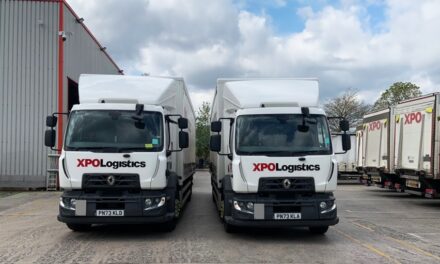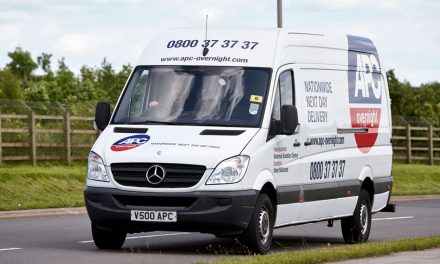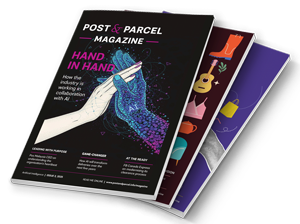
The home delivery challenge may be a costly one for e-tailers
The biggest home delivery challenge is perhaps that faced by the food retailers, but one, says the recent consultation paper @ Your Service, they will be able to handle, given their already sophisticated distribution systems.
However, the report – published by the Foresight team, part of a government-led programme — also highlights uncertainties such as the growth rate of e-tailing and the types of systems which will be able to support it.
The report suggests that e-commerce will account for between 2.5% and 10% of the UK grocery market by 2005, and up to 15% by 2010.
The UK’s top five supermarkets aim to make online shopping available on a national basis before the end of 2001, says David Bingham, retail and consumer specialist at Logistics Consulting Partners. More than half the work of this 15-year-old management consultancy is specialising in the retail supply chain.
Bingham suggests the cost and complexity of the logistics infrastructure needed to support e-tail plans is underestimated. Only one of the big
says Bingham, expects to spend more than
£20m on physical infrastructure.
He suggests that a more realistic figure to provide a nationwide next-day home delivery network would be between £80m and £lOOm. “The physical infrastructure needs to be carefully planned and managed so that high service levels can be maintained at realistic business costs,” he says.
Some retailers, such as Tesco, are using their current stores to fulfil orders, while others such as Sainsbury’s and Asda, are establishing specialised e-fulfilment centres. “I think Tesco is right, but this model has a finite life and will need to be changed in line with demand,” predicts Bingham.
The next big step in consumer ordering will be via the use of interactive digital television (iDly), predicts Chris Noble, logistics director of Asda @ Home, based in Leeds.
Now owned by Wal-Mart, Asda’s supermarket chain, which has 243 stores nationwide and 15 distribution points, has shifted much of its activity in-house over the past 11 years since it set up central distribution.
It has a mix of own-account sites and outsourced ones and uses the likes of Wincanton,
Salvesen Logistics, Uoyd Fraser Holdings and Tibbett & Britten. Noble says that the supermarket will continue to use some contractors.
In the past 18 months, Asda has opened two distribution stores for home deliveries (e-fulfilment centres), both within the M25, at Croydon and Watford, each with 5,OOOsq metres, and served by a fleet of 64 specially designed vans with three different temperature compartments. The launch also marks Asda’s development of the UK south-east as a market.
“The advantages of e-fulfilment centres is in handling and availability,” says Noble. He adds that freshness and range of goods will become more of an issue. In the future he predicts that Asda will be able to offer its “supercentre” broader range of products, which includes items such as fine wines, to home shoppers.
“So far we are a bit disappointed as business is on lower side of what we forecast,” says Noble. But he does point out that ordering is at present restricted to CD-Rom or catalogue. From November, he expects things to change when the Asda website goes fully online.












